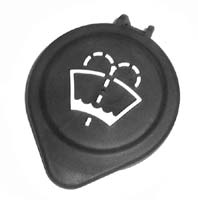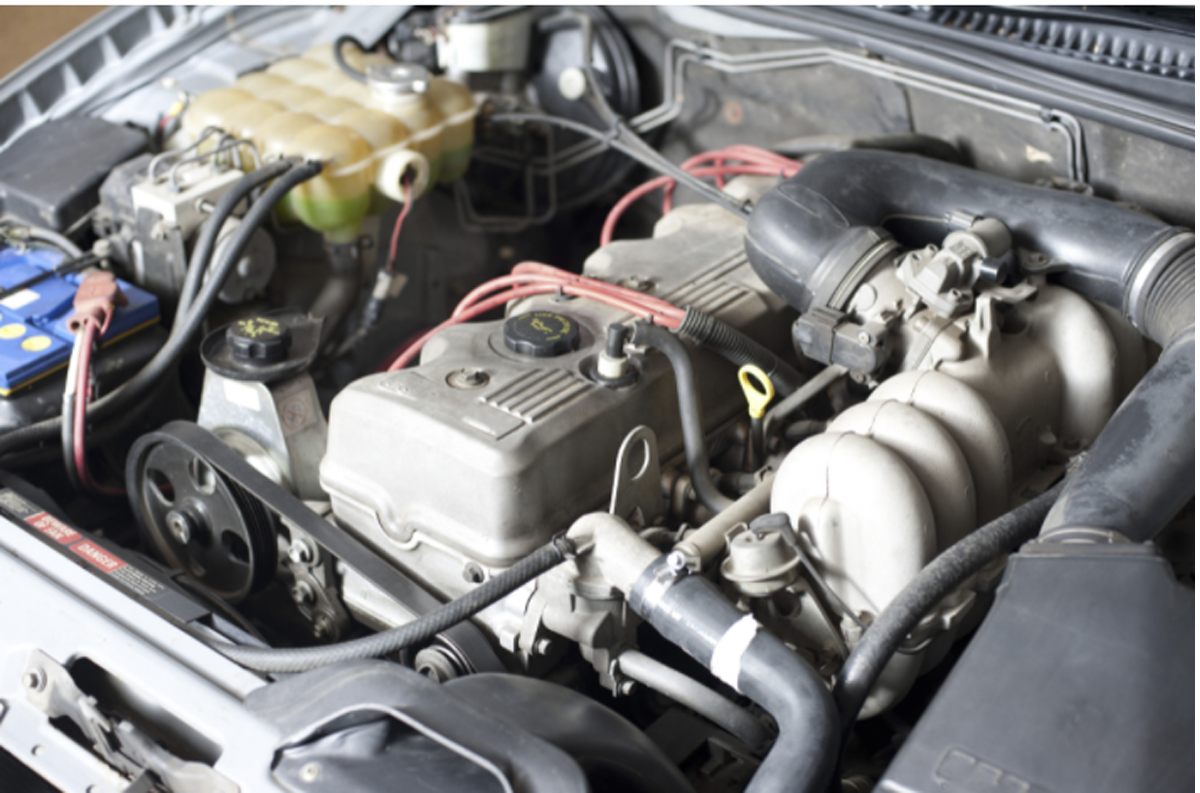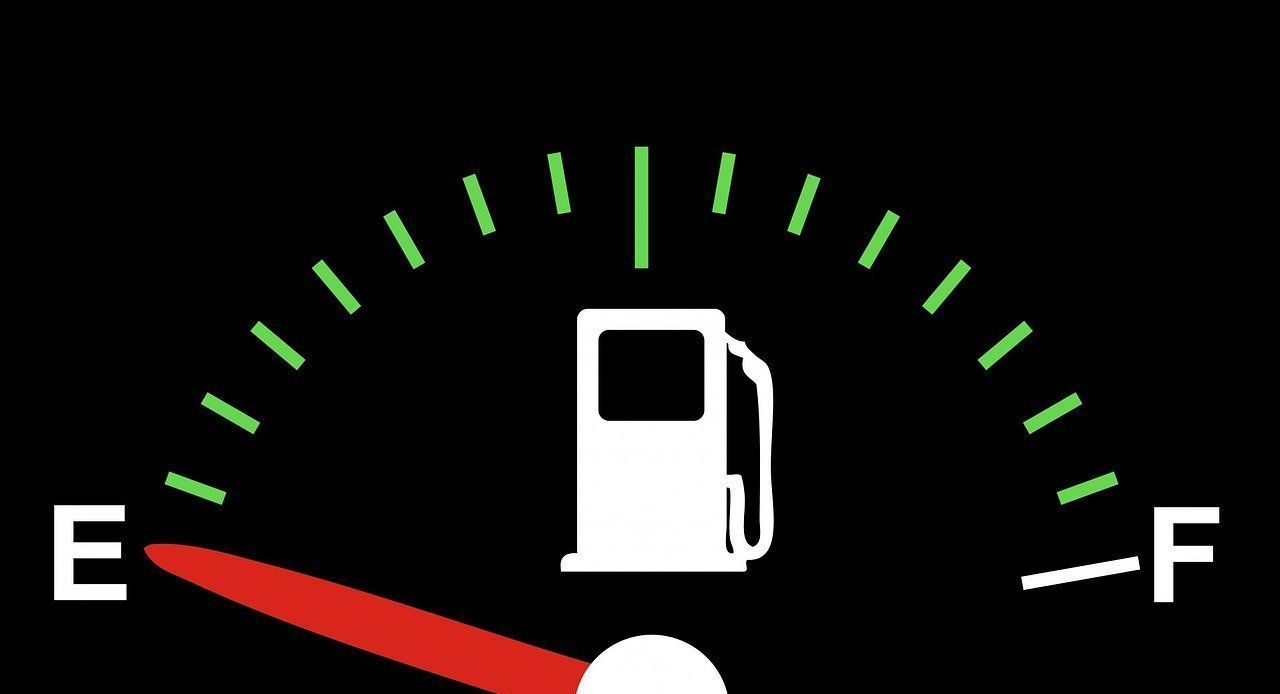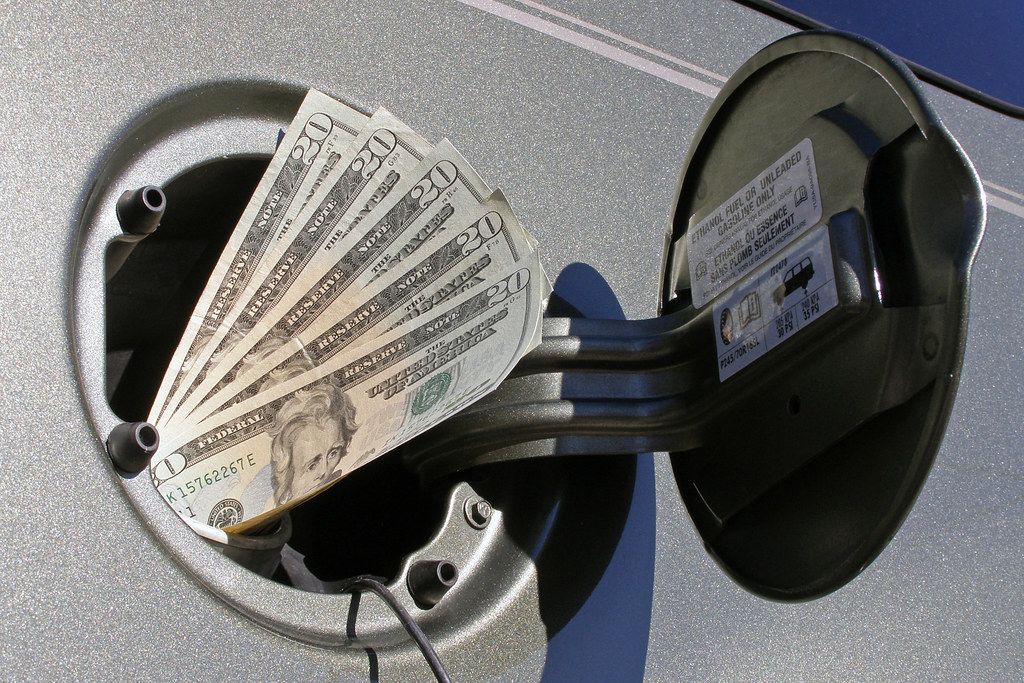By Jason Pelland
•
August 29, 2023
Did you get a letter in the mail from the manufacturer, car dealership or even check online to find out that your vehicle has a recall? What should you do, how urgent is the recall, what steps do you need to take to ensure your vehicle is at its’ optimal preference level? First, let’s put it into perspective. While a recall is not something you should ignore; there are over 400 recalls a year that affect more than 25 million vehicles in the U.S. alone. In addition, the average vehicle will have 4 recalls in its lifespan and recalls never expire. Now that we have some perspective. What is the first thing you need to do once you become aware of your vehicle’s recall status? If you purchase your vehicle new or used from a dealership, contact them directly and they will advise you. If you purchased your vehicle through a private seller, contact the vehicle manufacturer and they are required by law to either repair the issue, replace the recalled item or refund the purchase price of the vehicle, minus depreciation.














